Tariffs latest: Trump turmoil is back
Trump’s latest tariff threats have pushed global markets back into social media-driven jitters


Donald Trump’s latest tariff threat shows that the tumultuous days of April aren’t necessarily gone for good.
On Friday 10 October, Trump threatened to hit Chinese imports with 100% tariffs following Beijing’s announcement the previous day that it would be tightening exports of rare earth metals from 1 December. Trump’s comments prompted a stock market selloff that saw the S&P 500 fall 2.7% on 10 October.
“Volatility is back on the menu as US-China relations keep investors on edge,” said Matt Britzman, senior equity analyst at Hargreaves Lansdown. “After a stretch of relative calm, headline risk is making conditions jumpy again and markets are back in the web of reacting to social media posts.”
MoneyWeek
Subscribe to MoneyWeek today and get your first six magazine issues absolutely FREE

Sign up to Money Morning
Don't miss the latest investment and personal finances news, market analysis, plus money-saving tips with our free twice-daily newsletter
Don't miss the latest investment and personal finances news, market analysis, plus money-saving tips with our free twice-daily newsletter
On 2 April, which the president dubbed ‘Liberation Day’, Trump announced a sweeping set of tariffs on all the US’ global trading partners. Their objective was to reduce the country’s trade deficit and boost its domestic industry by ending US reliance on imported goods.
This has prompted a rush of countries seeking trade deals with the US in order to reduce the impact for their US export industries.
It also spooked markets. The S&P 500 fell 12% in four sessions following 2 April, before Trump put the majority of the tariffs that had been announced on hold pending further trade talks with individual countries.
This pause calmed the markets, and gave rise to the use of the TACO acronym, standing for ‘Trump always chickens out’.
The so-called ‘TACO trade’ (where markets reverse losses based on an assumption that Trump will row back on previous tariff threats) could be coming into play early this time around. Trump posted on his Truth Social platform on 12 October: “Don’t worry about China, it will all be fine!”, causing markets to recover slightly the following session.
Trump is due to meet Chinese counterpart Xi Jinping for US-China trade talks in the coming weeks.
“The timing of the announcements ahead of the touted meeting between presidents Xi Jinping and Donald Trump later this month suggests tactical positioning, rather than escalation,” said Louise Loo, head of Asia economics at Oxford Economics.
Are tariffs making money?
The economic rationale underpinning tariffs is effectively that the revenue they bring in for the US government can be used to fund tax cuts and/or increased public spending whilst protecting US domestic producers from external competition.
Official US data shows that tariffs brought in $28 billion in June, triple the level of monthly revenues from 2024. At this rate, the Committee for a Responsible Federal Budget estimates that tariffs could generate $1.3 trillion in additional revenue by the end of Trump’s term in office and $2.8 trillion through 2034.
But on the other side of this ledger is the cost to US consumers. Tariffs are effectively a tax, paid by the companies that import goods.
Many experts feel that tariffs will fuel inflation in the US. Goldman Sachs issued a report on 12 October suggesting that US consumers are already bearing up to 55% of the additional costs that tariffs have imposed on American businesses.
Trump tariffs court challenge latest
Given fears that tariffs could harm the US economy, Trump had to use an unconventional mechanism to bring them into effect.
Usually, trade policies like tariffs are subject to a vote in Congress. But Trump circumvented US lawmakers by using the International Emergency Economic Powers Act (IEEPA) to enact most of the tariffs via executive orders.
This has since been challenged by two court cases brought by small businesses in the US that will see their costs rise dramatically as a result of the tariffs. They contend that IEEPA doesn’t give the president the authority to impose tariffs (which is granted to Congress under Article 1 of the US Constitution) and that, at any rate, trade deficits do not meet the ‘unusual and extraordinary threat’ threshold required by the Act.
A New York federal trade court upheld one of these challenges in May, but the White House has appealed the decision. The Appeals court upheld the original decision (to invalidate the tariffs), but dismissed part of the case that called for tariffs to be removed immediately, giving the US government time to appeal the decision in the US Supreme Court. That hearing is set for 5 November.
If the case is ultimately successful, then not only will the tariffs as they stand at present be removed, but the hundreds of billions of dollars in revenue they have so far raised may have to be refunded.
Not all of Trump’s tariffs will be impacted by the court’s decision. The case refers to the worldwide ‘reciprocal’ tariffs that apply to goods from specific countries. Import rates on particular goods, such as the 50% levy on imports of steel and aluminium, won’t be affected.
Which countries face the highest US tariffs?
Here are the current tariff rates on the US’s 15 largest trading partners (by share of imports):
Country | Share of US imports | Rate |
|---|---|---|
Mexico | 15.5% | 25% |
China | 13.4% | 30% |
Canada | 12.6% | 35% |
Germany | 4.9% | 15% |
Japan | 4.5% | 15% |
Vietnam | 4.2% | 20% |
South Korea | 4.0% | 15% |
Taiwan | 3.6% | 20% |
Ireland | 3.2% | 15% |
India | 2.7% | 50% |
Italy | 2.3% | 15% |
United Kingdom | 2.1% | 10% |
Switzerland | 1.9% | 39% |
Thailand | 1.9% | 19% |
France | 1.8% | 15% |
Source: White House. Imports data from US Census Bureau (2024) via BBC
Which goods and commodities have the highest US tariffs?
The tariffs outlined above apply to all goods imports into the US from the given countries. But some categories of strategically-important goods and commodities are subject to individual tariffs, regardless of their point of origin.
Trump is planning a 100% tariff on foreign-made semiconductors as he pushes tech firms to invest in the US. Major chipmakers that have made significant investments in America seem to have dodged the new tariff, such as TSMC, SK Hynix and Samsung.
Foreign-made branded pharmaceutical products have been subject to a 100% tariff since 1 October.
Some commodities have also been subject to individual tariffs. A 50% tariff on copper imports took effect from 1 August. Steel and aluminium imports are already subject to a 50% tariff from most countries, though in the UK’s case this is 25%.
As of 14 October, Trump's 10% tariffs on imported timber and lumber and 25% duties on kitchen cabinets, bathroom vanities and upholstered furniture came into effect.
Get the latest financial news, insights and expert analysis from our award-winning MoneyWeek team, to help you understand what really matters when it comes to your finances.

Dan is a financial journalist who, prior to joining MoneyWeek, spent five years writing for OPTO, an investment magazine focused on growth and technology stocks, ETFs and thematic investing.
Before becoming a writer, Dan spent six years working in talent acquisition in the tech sector, including for credit scoring start-up ClearScore where he first developed an interest in personal finance.
Dan studied Social Anthropology and Management at Sidney Sussex College and the Judge Business School, Cambridge University. Outside finance, he also enjoys travel writing, and has edited two published travel books.
-
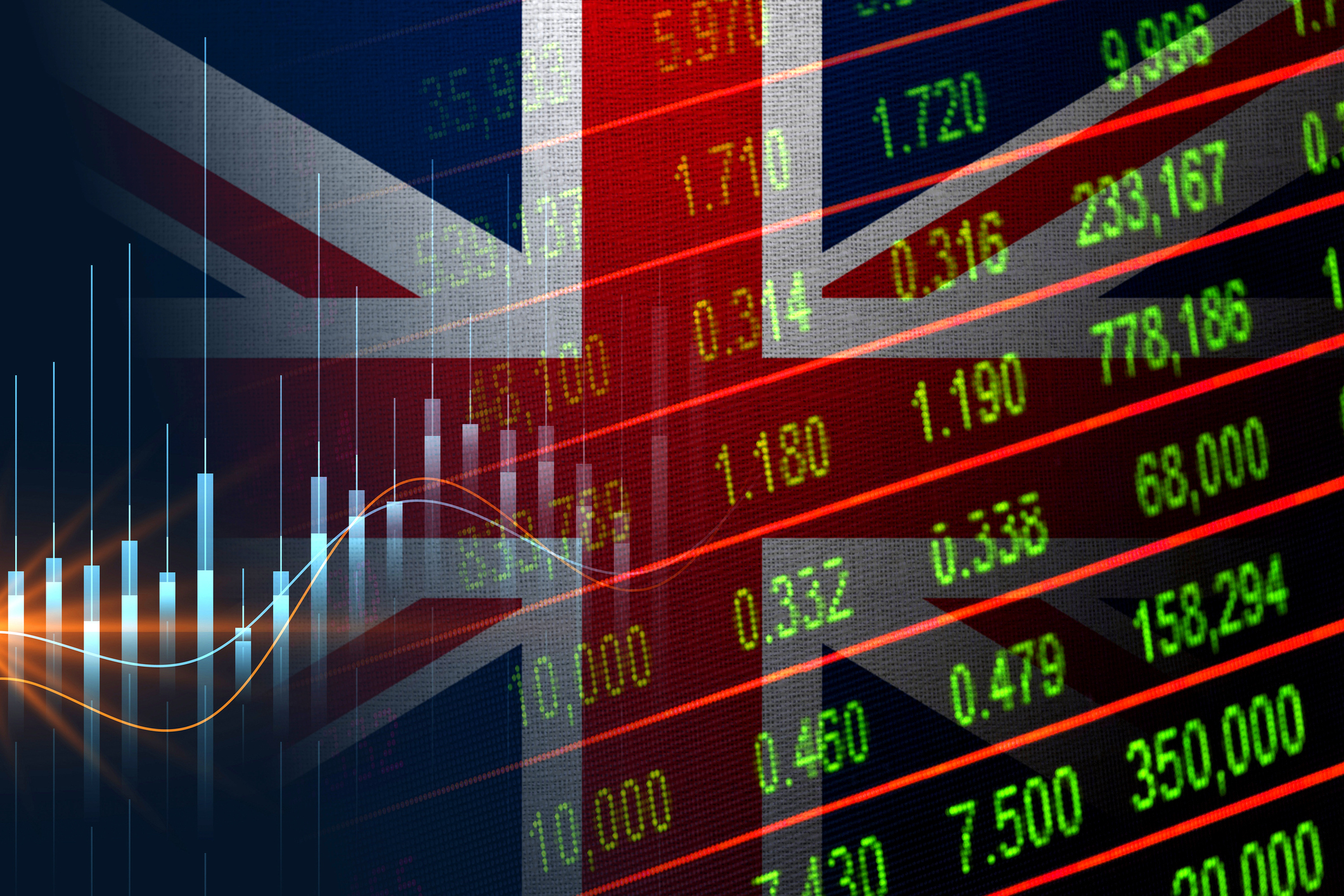 Why UK investors are backing British stocks in 2026
Why UK investors are backing British stocks in 2026The UK stock market may be lacking fashionable technology shares but investors are keen to buy British next year
-
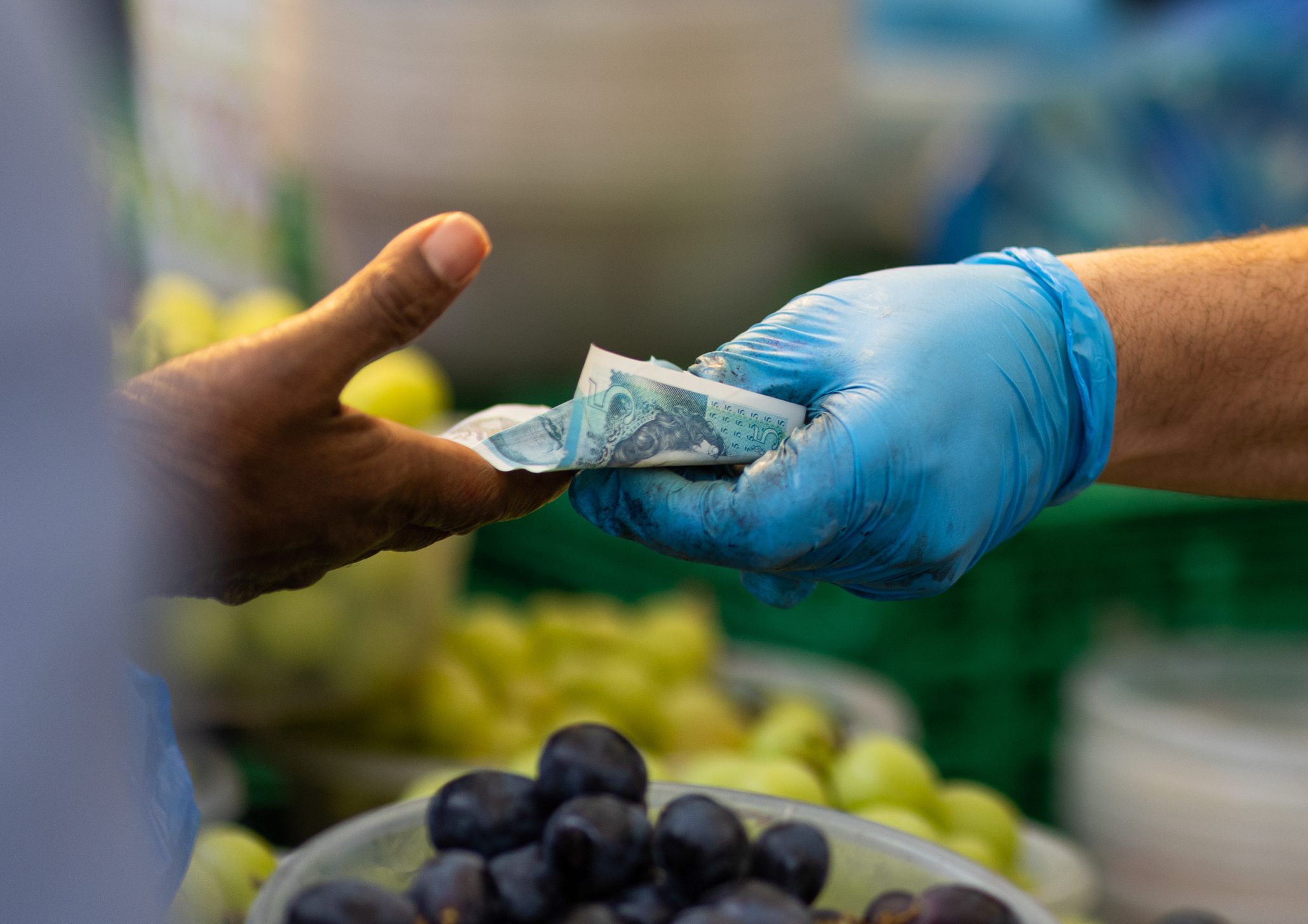 UK inflation live: did inflation fall in November?
UK inflation live: did inflation fall in November?The ONS releases inflation data for November tomorrow (17 December). Has inflation continued its downward trend?
-
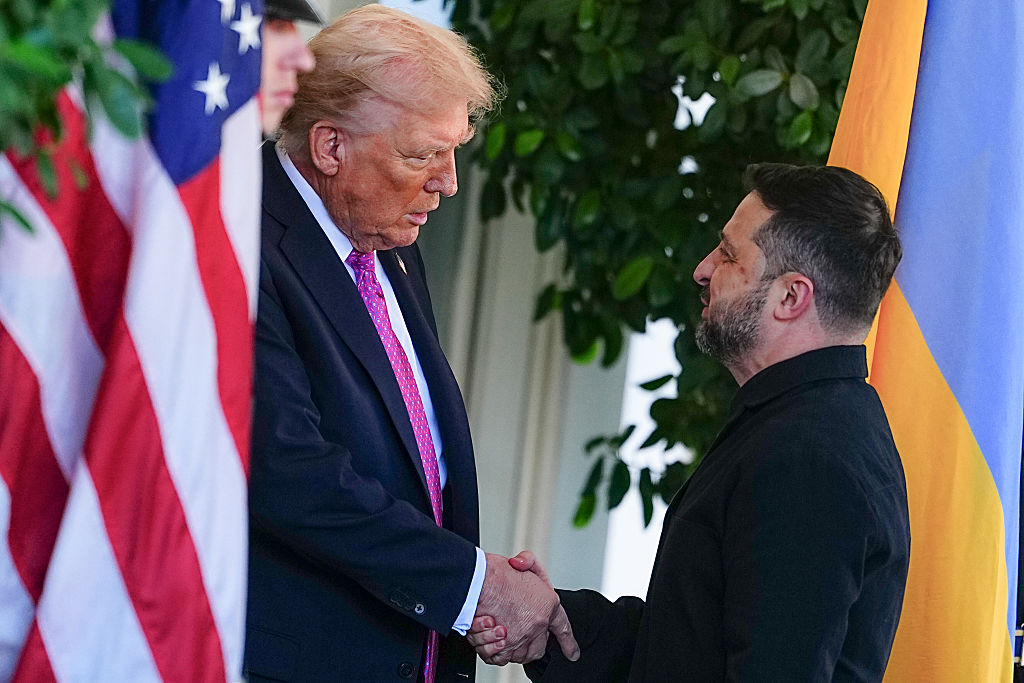 No peace dividend in Trump's Ukraine plan
No peace dividend in Trump's Ukraine planOpinion An end to fighting in Ukraine will hurt defence shares in the short term, but the boom is likely to continue given US isolationism, says Matthew Lynn
-
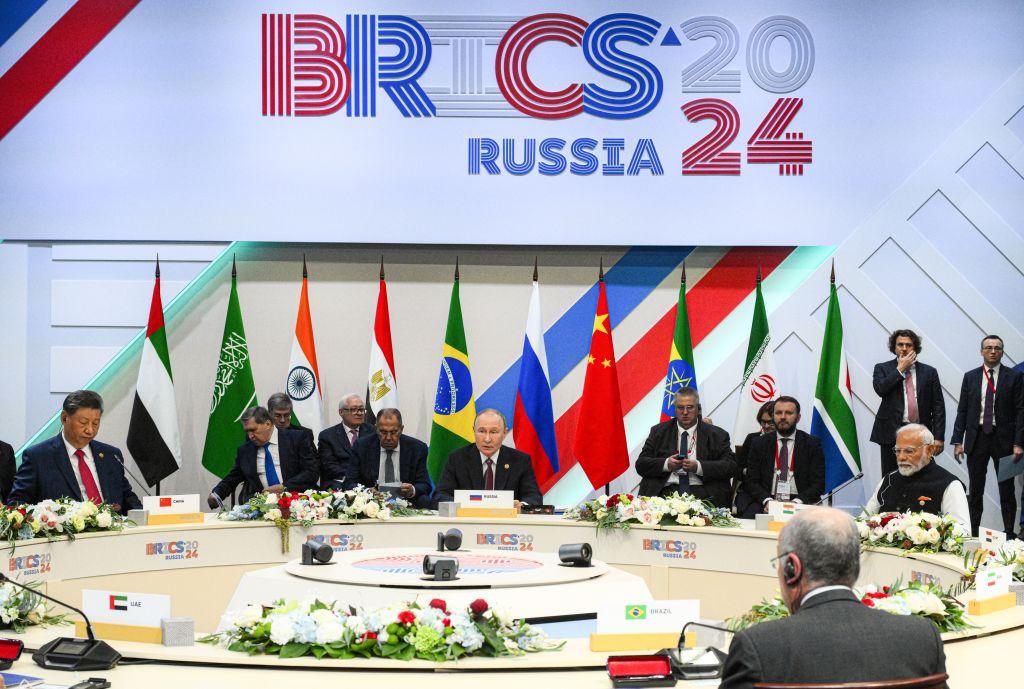 Investors need to get ready for an age of uncertainty and upheaval
Investors need to get ready for an age of uncertainty and upheavalTectonic geopolitical and economic shifts are underway. Investors need to consider a range of tools when positioning portfolios to accommodate these changes
-
 David Ellison: America's new media mogul
David Ellison: America's new media mogulDavid Ellison is building a mighty new force in old and new media. Critics worry that he will prove to be a Trumpian patsy. Is that fair?
-
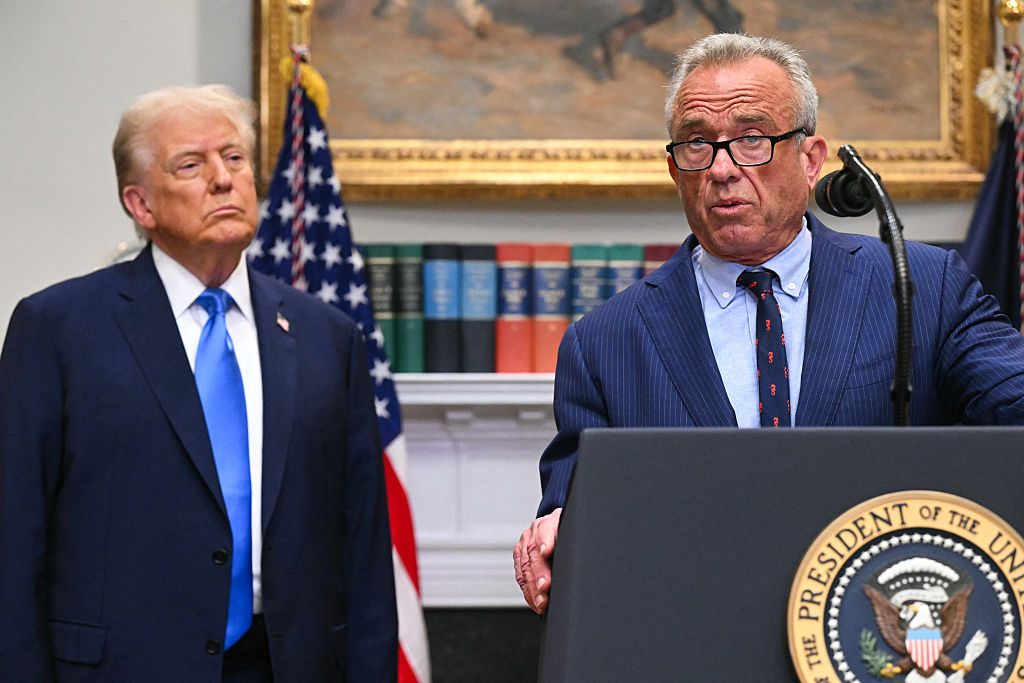 Healthcare stocks look cheap, but tread carefully
Healthcare stocks look cheap, but tread carefullyShares in healthcare companies could get a shot in the arm if uncertainty over policy in the US wanes, but are they worth the risk?
-
 'Why you must own gold and Bitcoin'
'Why you must own gold and Bitcoin'Opinion The world is dedollarising, and gold and Bitcoin are the only alternatives. Buy now, says Dominic Frisby
-
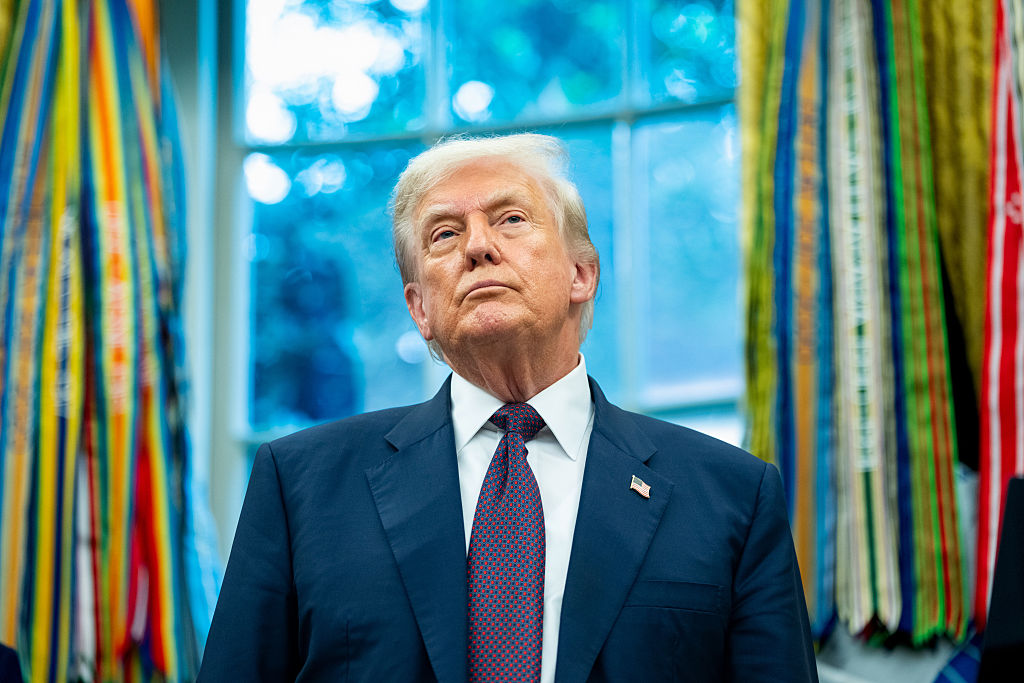 How Trump's dog deals will damage global trade with the US
How Trump's dog deals will damage global trade with the USOpinion Some commentators are hailing Trump’s trading savvy. Are they right?
-
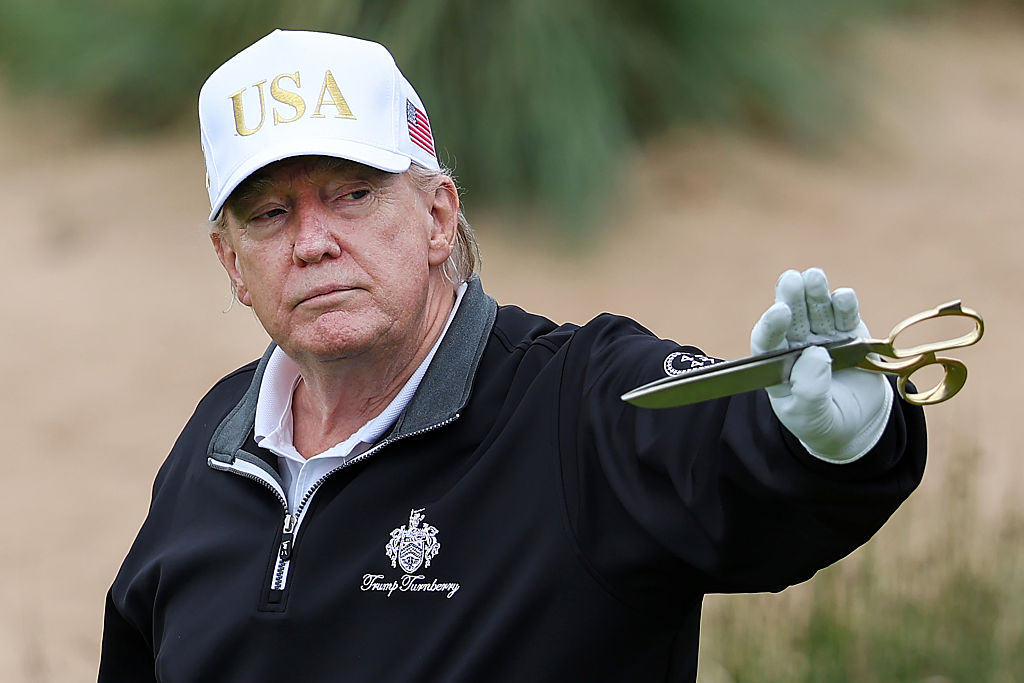 Philip Coggan: 'Donald Trump means business on tariffs'
Philip Coggan: 'Donald Trump means business on tariffs'Interview What could Trump's tariffs mean for the US and global economies? Philip Coggan, former columnist at the Financial Times and The Economist, explains
-
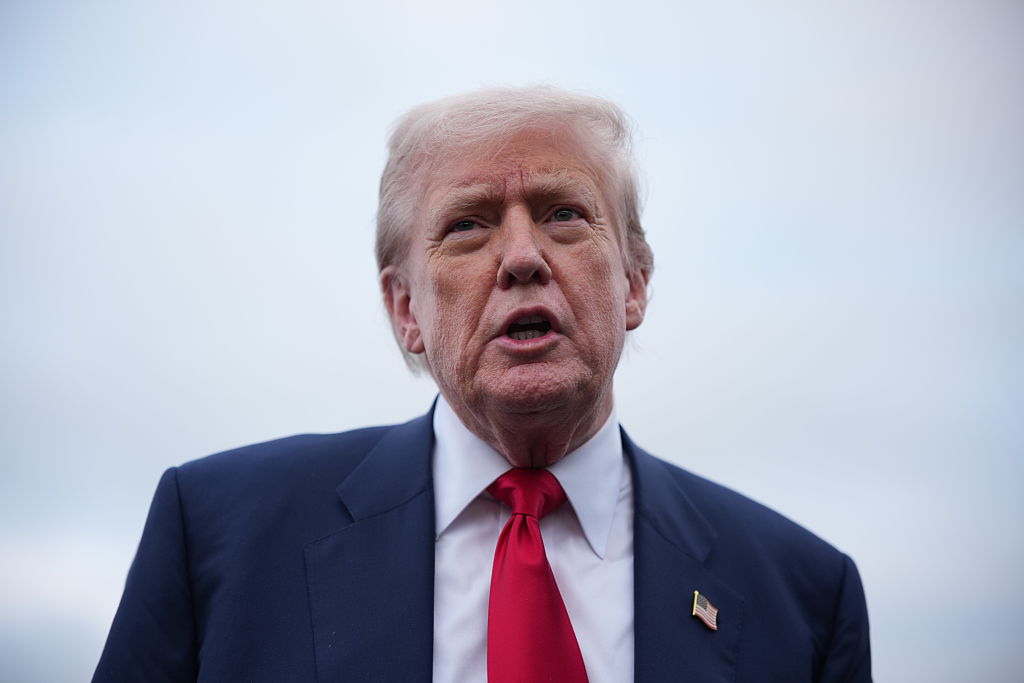 In defence of Donald Trump
In defence of Donald TrumpOpinion Doom-mongers thought the world would end with the election of Donald Trump. Think again, says Max King